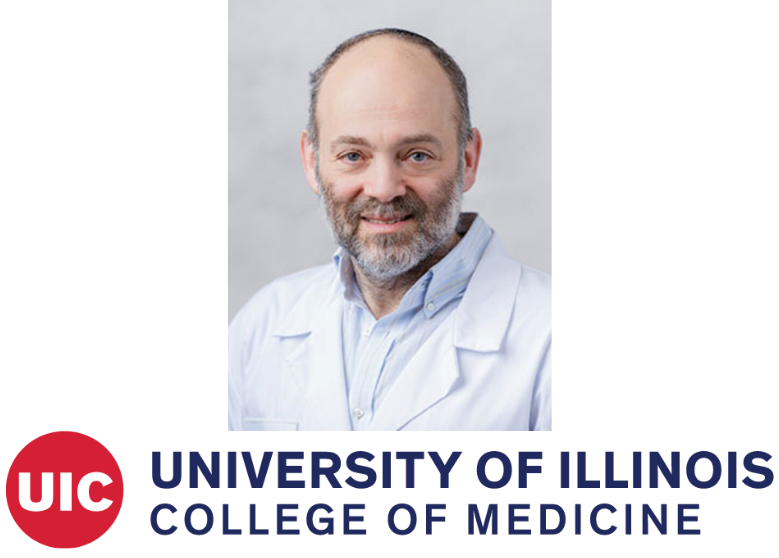News & Stories
See the latest news about CMT drug development and read stories from the CMT community that highlight why we must deliver treatments and cures during our lifetime.
Living with Muscle Weakness is Not Rare to Me
Krista Allison, living with CMT4J I was born with Charcot-Marie-Tooth disease (CMT) and my symptoms started to appear about 12-months-old when I began to learn to walk. Since the age of 15, I have had roughly 12 foot surgeries to correct foot abnormalities, although I...

AcuraStem Completes CMT Research Foundation-Funded Project, Finds Eleven Potential Therapeutics for CMT2A
The CMT Research Foundation is pleased to announce that the research team at AcuraStem has completed their CMT Research Foundation-funded drug screening project and has found eleven potential therapeutics for CMT2A. AcuraStem developed a platform to screen compounds...

Teams at Cyprus Institute of Neurology & Genetics and Nationwide Children’s Hospital Complete CMT Research Foundation-Funded Project, Resulting Therapeutic Now Moving into Pharmaceutical Development
Update, May 17, 2022: This work is now published in The Journal of Clinical Investigation. The CMT Research Foundation is pleased to announce that Dr. Kleopas Kleopa, a renowned neuromuscular disease expert, CMT scientist, and clinician, and his team from the Cyprus...

CMT Research Foundation Funds Cutting Edge Research to Deliver Therapeutics to the Peripheral Nervous System
The CMT Research Foundation has awarded nearly $100,000 to support a 13-month project to test a new therapeutic delivery system that may be capable of crossing the blood-nerve barrier and releasing therapeutic payloads to the Schwann cells and axons of the peripheral...
Changing One Family’s Legacy
As with many families, I am but one leaf in a family tree colored by CMT1A across its many limbs and branches. I have watched successive generations struggle with the disease’s progressively debilitating physical symptoms and persistent emotional toll: grandparents,...

Researchers at Cyprus Institute of Neurology & Genetics Complete Third Milestone of CMT1A Gene Therapy Project
The CMT Research Foundation is pleased to announce that Dr. Kleopas A. Kleopa and his team at the Cyprus Institute of Neurology & Genetics, Nicosia, have completed the third milestone of their 24-month CMT1A gene therapy project. CMT1A is caused by duplication of...

DTx Pharma, Inc. Completes CMT Research Foundation-Funded Project
The CMT Research Foundation is pleased to announce that DTx Pharma, Inc. (DTx) has successfully completed their CMT Research Foundation-funded RNA-based therapy project. With funding from the CMT Research Foundation, DTx designed and tested a library of novel...
How the CMT Research Foundation Catalyzes Research into CMT
An Interview with RareCast's Danny Levine Part of our mission at CMT Research Foundation is to raise awareness about the progress we are making in finding a cure for CMT in the medical, scientific, pharma and patient communities. So, I was pleased to be interviewed on...
Boost for CMT Research with a $3 Million MRFF Grant Awarded for Improving the Diagnosis of Rare Neurogenetic Diseases
Professor Marina Kennerson who directs the team at the Northcott Neuroscience Laboratory, ANZAC Research Institute in Sydney Australia is one of the lead researchers awarded a $3 million grant from the Medical Research Future Fund (MRFF) Genomics Health Futures...

CMT Research Foundation Targets CMT1X in Partnership with University of Illinois Chicago
The CMT Research Foundation is partnering with the University of Illinois Chicago to test a potential therapeutic for CMT1X, the second most common form of CMT, behind only CMT1A in prevalence. CMT is one of the most common inherited neurological disorders, affecting...
